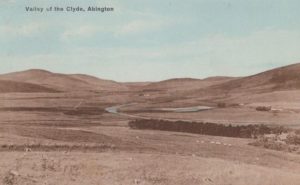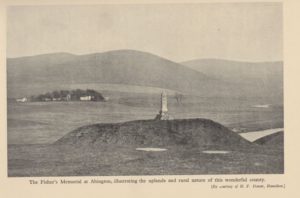Abington
The small villages around Abington in upper Clydesdale were once thriving holiday centres offering country pursuits as an incentive to visitors who took advantage of the (then) efficient railways. Perhaps the main attraction now in this area is the remarkable surviving and visible archaeological landscape which spans 5,000 years.
Few areas of Scotland can offer so much for the student of the ancient past. Recent studies and excavations have thrown new light on the windswept hills where hundreds of Bronze Age houses, burial, and ritual sites have been discovered.
Remains of Roman earthworks can be seen near Tower Lindsay across the Clyde from Crawford village. The fort here was excavated in the 1960s and revealed that it was garrisoned by a mixture of cavalry and infantry.
Tower Lindsay was built on the site of a motte which in the 12th century belonged to Swein son of Thor. The Lindsays then gained it and it remained in the family to the fifteenth century when it became part of the Douglas estates. It was during the later period of the castle’s history that James V entertained the French Ambassador at the castle. Local legend has it that for desert the Ambassador was given was 'Bonnet pieces' -- gold coins made of Leadhills gold. The castle remained in use till the early nineteenth century when it fell into decay.
The only motte and bailey castle in the District is at Abington near the new service area where colourful and graphic displays of the attractions of the surrounding landscape can be seen.
Narrow by year:
Narrow by tags:
The Poles in Clydesdale During World War II – a story of courage
articleSince I came to live in Clydesdale, I have been conscious of the important contribution that the Polish Army made in World War II and I feel that this has…
Pont Map of Crawford
mapThe castle at Crawford, shown in this map from c. 1596, made a great impression on the cartographer, Timothy Pont. The castle had been owned by the Lindsay family since…
Old Valley of the Clyde
postcardValley of the Clyde. This card is interesting as it records the fact that the writer of the card was on his way up to see the launch of the…
Fisherman’s Monument
postcardThis is a view of the Fisherman’s Monument near Abington. It is from a book called ‘The County of Lanark’ which was published in 1935. The Fisherman’s Monument stands on…
Roman Fort at Crawford
articleThis fort was only discovered in 1938 by aerial photography through the work of Professor JKS St Joseph. However, it was not until 1961 that excavations took place and these…
Motte and Bailey Castle
articleThe motte and bailey castle constructed here, the best example surviving in the area, was possibly destroyed at the times of the Wars of Independence; 19th Century excavations uncovered extensive…






